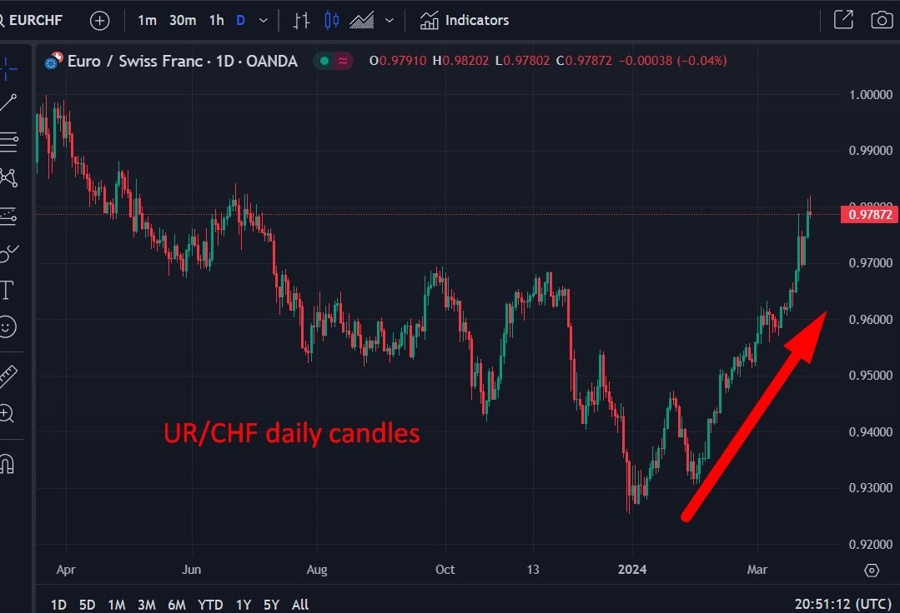Schlegel Tipped to Lead Swiss National Bank
Transition at the Helm
Schlegel is favoured to take the top spot at the bank when current Chair Jordan leaves in September after a decade in the job. His recent participation in an event in St. Gallen, Switzerland, shed light on the bank’s approach to the franc exchange rate.
Exchange Rate Policy
At the event, Schlegel reiterated the Swiss National Bank’s stance on the franc exchange rate, stating that the bank does not have a specific target for the currency. Instead, the SNB closely monitors the exchange rate and intervenes in the foreign-exchange market when necessary. This aligns with the bank’s longstanding approach to managing the franc’s value.
The SNB made headlines last week with a surprise interest rate cut, a move that caught many analysts off guard. The decision to lower rates has implications for both domestic and international markets.
Impact on Individuals
For individuals, the interest rate cut could lead to lower borrowing costs, making it more affordable to take out loans for mortgages, car purchases, or other big-ticket items. However, savers may see a decrease in interest earned on their savings accounts, potentially impacting their investment strategies.
Global Ramifications
Internationally, the SNB’s decision to cut interest rates could have ripple effects on global markets. Lower rates in Switzerland may attract foreign investors seeking higher yields, leading to capital inflows into the country. This influx of capital could impact exchange rates and overall market stability in other regions.
Conclusion
As Schlegel prepares to potentially take on the role of chair at the Swiss National Bank, his insights on the bank’s exchange rate policy and recent interest rate cut provide valuable context for understanding the current economic landscape. The implications of these decisions, both domestically and internationally, highlight the interconnected nature of global financial markets and the need for proactive management by central banks.





